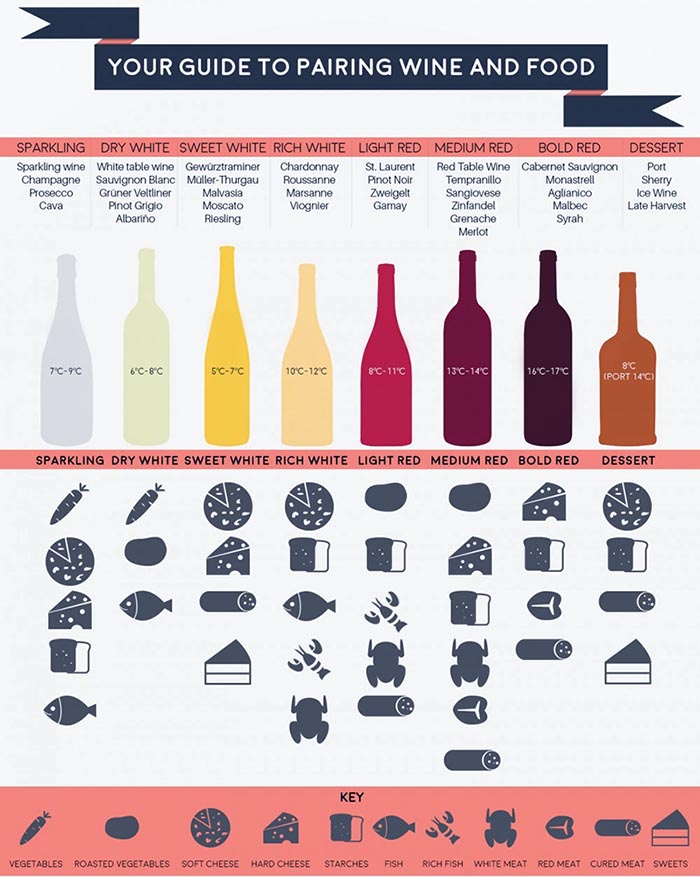The winemaking industry in Canada is on a roll. The number of people consuming wine, both 100% Canadian wine and the ICB, is growing much faster than the ones consuming beer or spirits. Plus, each year a number of wine tasting fests and tours are increasing the enthusiasm of people and celebrate the Wineries and Distilleries of Canada. That’s why, we bring out to you some of the amazing stats and facts related to Canadian wine and grape industry.
The Canadian wine industry generates high revenue of about $6.8 billion each year to the economy making it a significant force in this aspect. Additionally, Snow Paradise has both national and provincial regulatory standards for those interested in the production of wine.
Each year over 247 million bottles served in 1.2 billion glasses of Canadian wine are devoured by the citizens. ICB wines (International Canadian Blended) also hold a proportion of 985 million glasses in this amount, though locals prefer the 100% authentic Canadian wine. About one-third of all the types of wines produced in Canada are purchased by the natives of Canada.
The impact of Canadian wine and grape industry to the economy is fuelled by many areas, but the tourism industry is the most significant one. According to 2015 records, it generated more than $600 million indirect revenue for the Canadian economy. Tourism industry sees about 3.5 million people from all over the globe visiting Canadian wineries. However, on the contrary, no impact of tourism is attributed to the revenue of ICB wines.
 It is no brainer that Canada is a very forward and open-minded country. Many educational institutes in Canada provide some sort of informative or consulting training on vineyard-related or distilleries industry. According to a 2013 report, more than 800 full-time jobs have been created in Nova Scotia due to this winemaking business.
It is no brainer that Canada is a very forward and open-minded country. Many educational institutes in Canada provide some sort of informative or consulting training on vineyard-related or distilleries industry. According to a 2013 report, more than 800 full-time jobs have been created in Nova Scotia due to this winemaking business.
Ontario, the party province of Canada, alone has more than 200 wineries that employ about 2500 workers. These wineries sell an estimated 8 million cases of wine as nine-liter standard boxes. On a total, more than 30000 people are provided jobs through this industry.
Out of all the wineries in Canada, 500 are grape-based wineries that are encompassed on vineyards over 27500 acres. Each bottle full of wine contributes $31 to the domestic economy of Canada. This is in contrast to about $0.65 for an ICB or imported foreign wine.
Canada has six provinces that are expert in grape vineyards, out of which British Columbia has the most number of wineries (212). It is followed by Ontario, Nova Scotia, Prince Edward Island, Quebec, and New Brunswick. There are some other regions also that are known for making fruit-based wines: Manitoba, Alberta, etc. are some others.
It goes without saying that the Canadian wine industry is one of the oldest and fastest-growing industries that have an impact on the economy, tourism as well as the overall image of Canada across the globe. So next time you have a bottle of fine Canadian wine, share these facts with your pals about its back story to double the fun.









